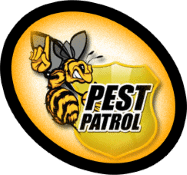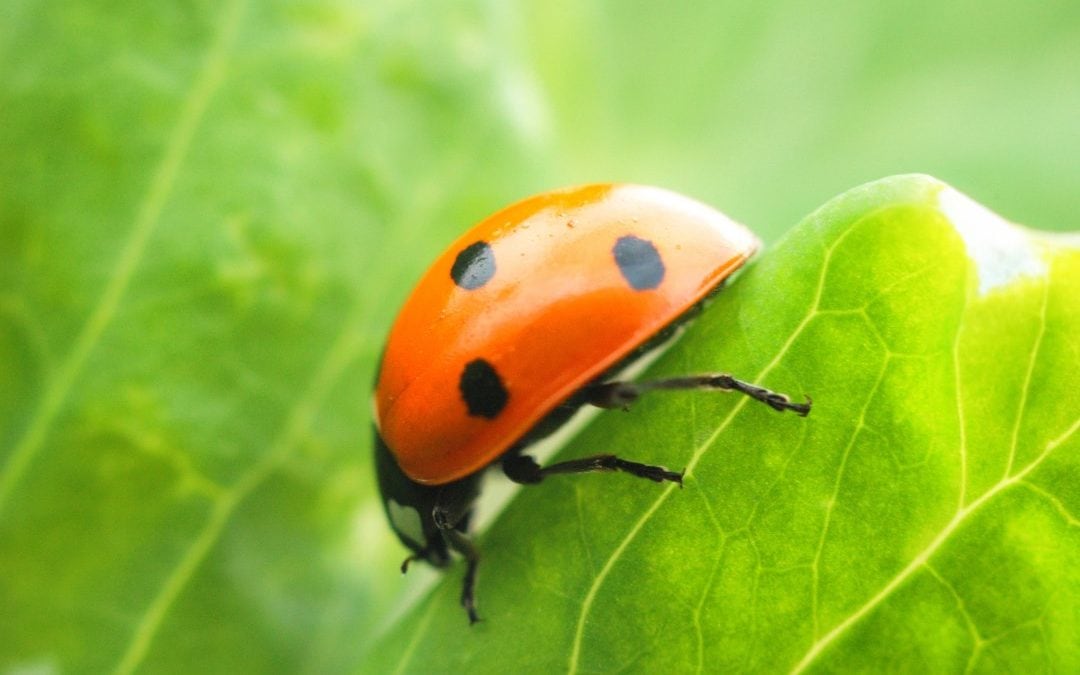You would think that your indoor plants are safe from bugs. However, even houseplants can become infested with insects. These tiny critters can spread from one plant to the next and slowly kill your entire collection. When you are able to identify common insects found on your household plants, you can take preventative action.
Aphids
Aphids live off of the sap of both indoor and outdoor plants. Aphids reproduce quickly, so if you see one or two it’s important to take quick action. The good news is that they’re relatively easy to control. One or two ladybugs will quickly, and naturally, take care of your aphid problem. Or you can apply a houseplant-safe insecticide.
Spider Mites
Unfortunately, spider mites are quite small and difficult to see. They also reproduce quickly and can take over a houseplant in just a few days. Mites usually thrive on new leaves and buds. You can tell you have a plant that’s infested with mites because the leaves will lose their color.
If the problem is severe, you will see a white webbing on the underside of the leaves. If you suspect one of your plants has mites, it is imperative that you remove the plant from your home. Isolate it and treat it weekly with insecticidal soap. Simple insecticides won’t kill mites, and you will have to be persistent to save your plant.
Mealybugs
These tiny bugs look like small cotton fluffs and they are easily mistaken for disease. You will find mealybugs on the underside of your plant’s leaves and in the apex of the leaf joints. They suck the sap from your plant and can kill it quickly.
Mealybugs are difficult to kill because they have a waxy coating on their skin. To finish them off, either soak them in alcohol or get them wet and then spray them carefully with Diazinon. Vigilance is required. If you miss one or two bugs, they will reproduce quickly.
Other common houseplant insects include scale, whitefly, and thrips. Ants can cause problems for your plants as well, but they are not as common. Getting rid of common insects found on your household plants depends on the level of infestation and the type of bug.


